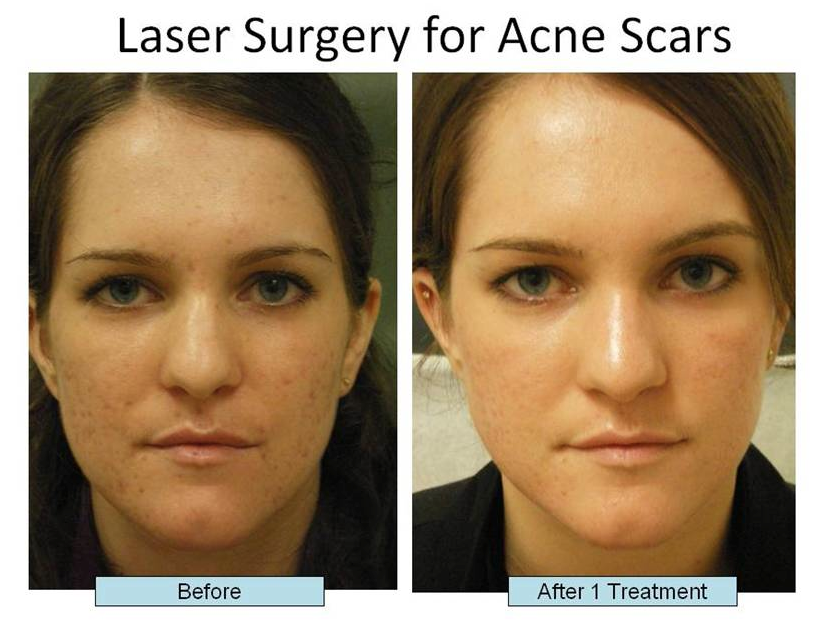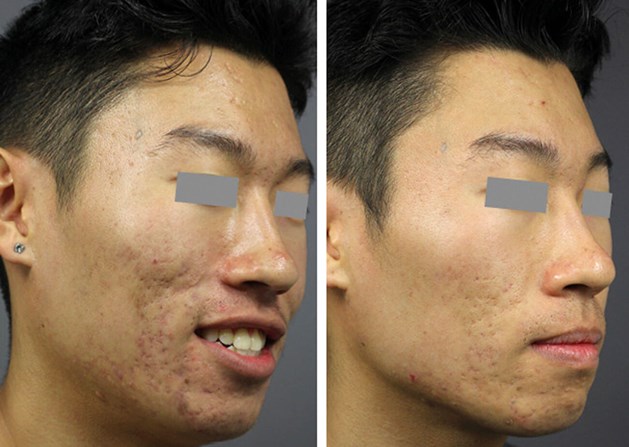Checking Out Skin Disease: Dealing With and identifying Acne Scars for Healthier Skin
Acne marks stand for a considerable issue for people looking for to preserve healthy skin, as they can influence both look and self-confidence. Understanding the various sorts of marks, from atrophic to hypertrophic, is necessary for figuring out suitable treatment alternatives. While expert interventions like chemical peels and microneedling can be reliable, the value of personalized treatment plans can not be overemphasized. In addition, preventative procedures play a vital role in decreasing future scarring. As we discover these elements, one need to think about exactly how the appropriate method can bring about transformative results.
Understanding Acne Marks
Recognizing acne scars is vital for anyone who has actually experienced severe acne, as these marks can have an enduring impact on both physical appearance and mental health. Acne marks form when the skin undertakes inflammatory responses during active acne sores. The extent of scarring is commonly affected by factors such as the sort of acne, its duration, and private skin attributes.
The body's all-natural healing process can result in either atrophic scars, which appear as anxieties in the skin, or hypertrophic marks, which are elevated and arise from overflow of collagen. Additionally, the psychological toll of acne marks should not be underestimated; numerous individuals report feelings of humiliation, stress and anxiety, and reduced self-confidence. This emotional problem can influence social communications and total top quality of life.
Addressing acne scars calls for a thorough understanding of their development and influence. Recognition of the possibility for long-lasting consequences related to neglected scars can motivate people to look for proper therapies. Early treatment and efficient administration techniques can considerably improve skin look and boost emotional resilience, emphasizing the relevance of recognizing the intricacies surrounding acne scars.
Sorts Of Acne Marks
Acne scars can be categorized right into unique kinds, each showing special features and needing particular therapy techniques. The key kinds of acne marks include atrophic, hypertrophic, and keloid marks.

Hypertrophic scars, in comparison, are raised above the skin degree and are the result of excessive collagen manufacturing during the recovery procedure. They typically remain within the borders of the original acne sore. Keloid marks are similar however extend past the initial injury website, creating bigger, raised locations that can be unpleasant or itchy.
Understanding these sorts of scars is necessary for selecting appropriate therapy alternatives. Various marks might respond far better to certain therapies, such as laser therapies, fillers, or medical interventions, emphasizing the significance of a tailored method to acne scar administration.
Recognizing Your Scars
When evaluating the look of your skin, it is important to accurately determine the sort of marks existing, as this will certainly notify the most reliable therapy approach. Acne marks usually fall under two classifications: atrophic and hypertrophic marks. Atrophic scars, which are the most typical, look like anxieties or indentations on the skin. These can better be identified into ice-pick scars, boxcar scars, and rolling scars, each displaying distinct attributes and calling for various approaches for analysis.
Hypertrophic marks, on the various other hand, are raised and happen as a result of excessive collagen manufacturing during the healing procedure. Identifying the details attributes of your scars-- such as size, structure, and depth-- is essential for appropriate identification. Additionally, take into consideration the circulation of marks throughout your skin, as this can indicate the intensity and duration of the acne condition.
Involving with a skin doctor can give beneficial understandings right into the nature of your scars, helping in the distinction in between various kinds. A complete understanding of your marks will inevitably bring about an extra customized and reliable therapy plan, making sure a clearer and healthier skin.
Treatment Choices Available
Identifying the certain sort of acne marks present on your skin prepares for exploring reliable treatment choices. Common sorts of acne scars include atrophic (clinically depressed), hypertrophic (raised), and post-inflammatory erythema.
For atrophic marks, options such as chemical peels, microneedling, and laser resurfacing are commonly used. Chemical peels off utilize acids to remove the external layer of skin, advertising brand-new cell growth. Microneedling includes small needles that produce micro-injuries, stimulating collagen production. Laser resurfacing targets damaged skin cells, boosting structure and tone.
Hypertrophic scars can be treated with corticosteroid shots to squash the mark or laser therapy to decrease inflammation and improve look. acne treatment for sensitive skin. Silicone gel sheets and stress dressings might additionally help in taking care of increased scars
Additionally, dermal fillers can momentarily fill out clinical depressions from atrophic marks, while medical excision may be ideal for serious cases. Each therapy alternative has its considerations and benefits, making it crucial to seek advice from a skin doctor. They can supply customized referrals based on the type and seriousness of your marks, along with your skin type and total here are the findings health and wellness.
Tips for Prevention
Efficient avoidance techniques can substantially lower the possibility of establishing acne marks. Making use of non-comedogenic items aids stop clogged up pores, read what he said which can intensify acne.
Avoiding need to pop or select acne sores is essential, as this can bring about deeper skin damage and increase the threat of scarring. Rather, think about using a cold compress or non-prescription therapies to decrease swelling and redness.
Sunlight defense is an additional crucial element of prevention; ultraviolet (UV) rays can dim scars and hinder the healing procedure. Using a broad-spectrum sun block with at least SPF 30 daily can shield the skin and advertise also healing.
Last but not least, preserving a well balanced diet regimen abundant in minerals, antioxidants, and vitamins supports skin wellness and recovery. Remaining moisturized and taking care of stress levels can additionally play a substantial function in reducing acne flare-ups. By carrying out these strategies, people can substantially reduce their opportunities of creating acne marks.

Final Thought
In final thought, understanding and identifying acne scars is vital for efficient therapy and accomplishing healthier skin. Various types of acne scars, consisting of atrophic and hypertrophic marks, necessitate details interventions tailored to private requirements.
The body's natural healing process can result in either atrophic scars, which appear as depressions in the skin, or hypertrophic marks, which are increased and result from overflow of collagen. They are additional split right into 3 subtypes: ice pick marks, boxcar scars, and rolling scars. Acne marks typically drop right into 2 categories: hypertrophic and atrophic marks. These can better be categorized into check it out ice-pick marks, boxcar marks, and rolling scars, each displaying distinctive features and needing various approaches for assessment.
Various kinds of acne scars, consisting of atrophic and hypertrophic scars, demand details treatments tailored to private requirements.